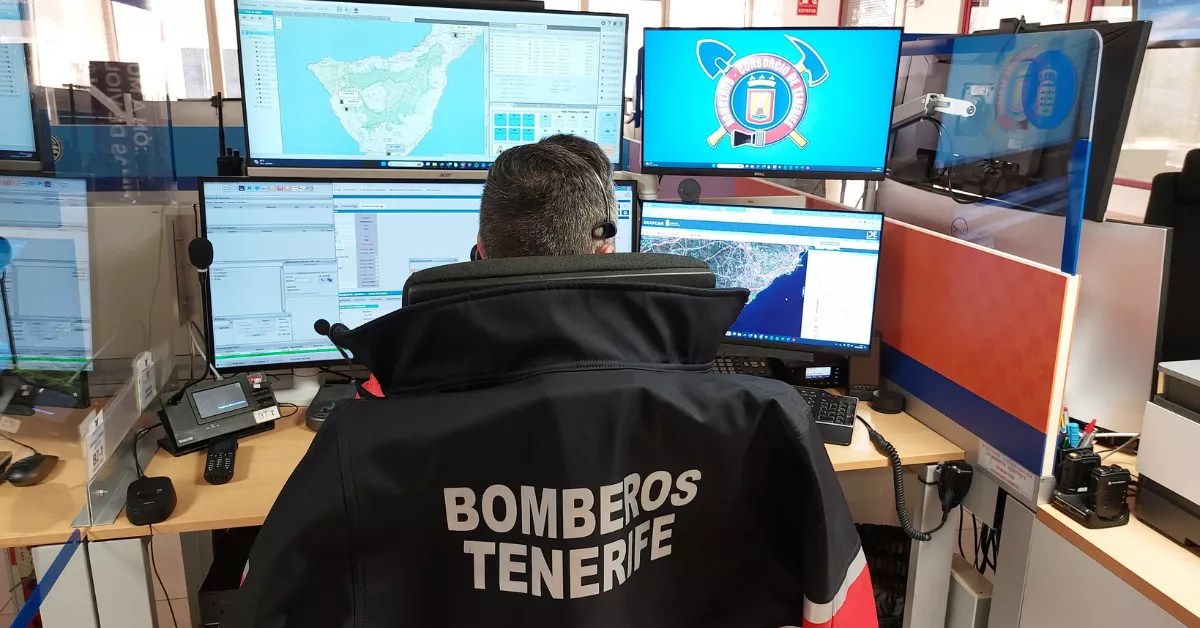The mayor of Los Realejos, Adolfo González (PP), announced yesterday that he has initiated the tender process via the state contracting platform for the first phase of the rehabilitation of the Hacienda de la Gorvorana, with a budget of 4.93 million euros and a project duration of 18 months.
The funding will be co-financed by the Cabildo de Tenerife (1.5 million), the Government of the Canary Islands (2.3 million), and the City Council (1.1 million). The project will involve reinforcing the structure, roof, and the exterior of this landmark property of the municipality, which exemplifies 17th-century Canarian architecture. It is listed on the Red List of Spanish Historical Heritage compiled by the Hispania Nostra Association, owing to its state of disrepair.
To restore this “architectural gem,” situated in the area of Toscal Longuera, the local government has pursued various solutions and financing options to execute the project presented in mid-2023 “and which is now becoming a reality,” stated the mayor.
The mayor made these remarks alongside the Councillor for Urban Planning, Noelia González, and the architect from the Municipal Urban Planning Management, Luz de los Ángeles Oramas, who provided comprehensive details about the project that will facilitate the restoration of the property for cultural and tourism purposes.
The architect explained that the first phase focuses on consolidating the hacienda, as certain sections are in partial ruin, necessitating reinforcement of the structure, masonry walls, internal woodwork, flooring, beams, and external carpentry, in addition to the roof, which constitutes 50% of the hacienda. “The aim is to restore the stability and dignity that has been lost over the years, which also includes addressing unique exterior features of the property, such as the kitchen chimneys, the southern façade that has eroded, and the sole balcony facing El Norte,” Oramas elaborated.
The second phase will incorporate all essential facilities to render the house usable and accessible. This will involve the installation of exterior ramps and two elevators to enable access to all areas of the property. The architect also highlighted the significance of fire safety, “as we intend to expose all the internal wood, which requires proper care.” This will be ensured through a water irrigation system, several storage tanks, and the use of ties, which will provide sufficient water for maintaining the gardens.
Another crucial initiative will take place in the service area, which is currently quite limited, as well as the restoration of the severely deteriorated patio, which features a fibre cement roof that will be removed. A notable new development is the inclusion of a temporary residence for artists or lecturers.
Noelia González indicated that the second phase is estimated at 3.297 million euros, and the council is already working to secure this funding. In this regard, Adolfo González announced that “the local government intends to present the local integrated development strategy (mayor) to the Plenary within two weeks, which encompasses a range of projects aimed at securing FEDER European funds for its implementation, including this second phase of the works.”
The mayor expressed his gratitude to the president and vice president of the Cabildo, Rosa Dávila and Lope Afonso, as well as the Minister of Tourism for the Government of the Canary Islands, who recently assessed the current condition of the property, “and recognised that we all needed to come together to prevent its deterioration,” which he described as a “call for assistance that those in previous mandates failed to address.”
















